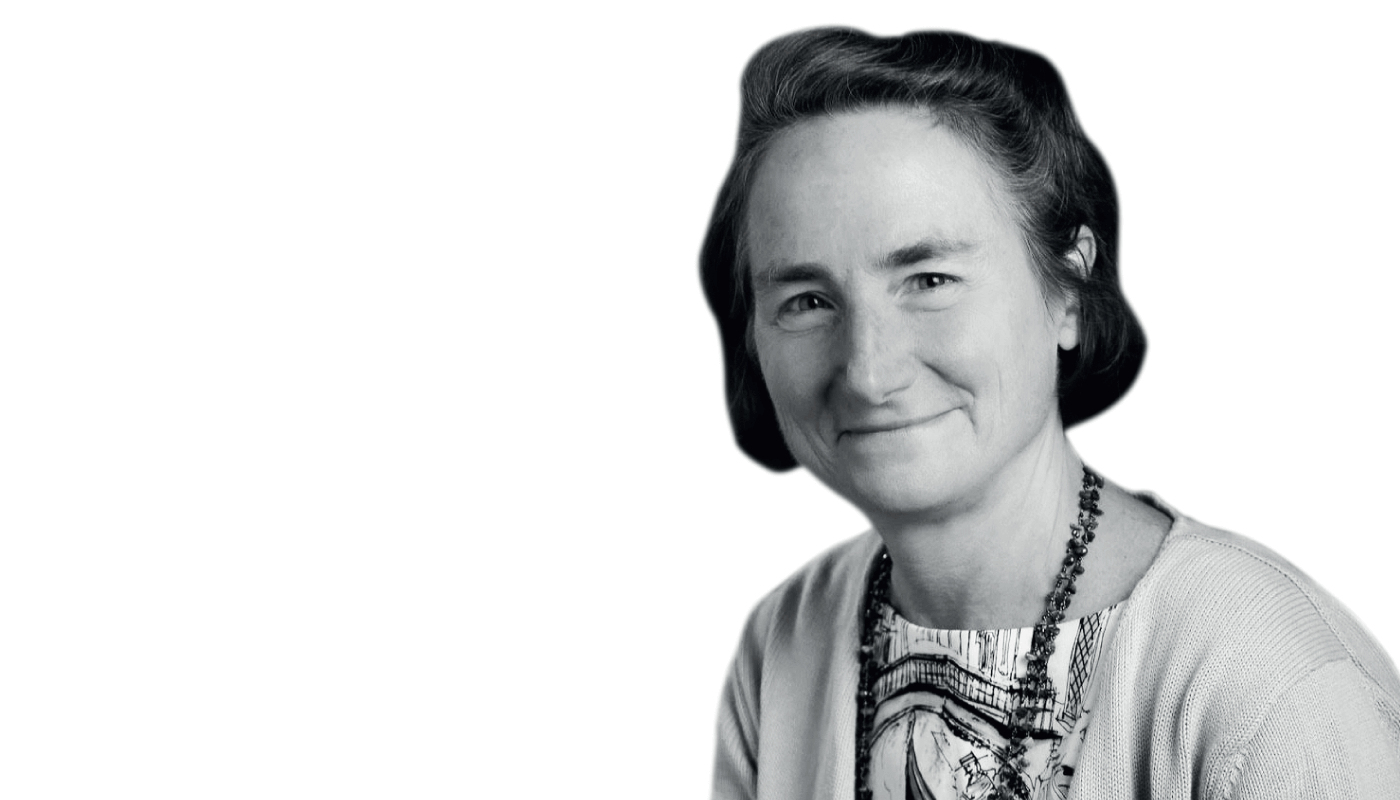
I have a constant reminder of the 2020 Power List; I had it framed and it lives right here, in my office. When I first heard I was ranked so highly, it was a bit of a shock, and I still feel humbled by it. I guess it’s because I think of myself as an ordinary person who just has a lot of inner drive – I call it “the fire in my belly.”
When I entered ophthalmology nearly 40 years ago, I had one goal: to be good at what I chose to be my life’s work – practicing medicine. I had no desire to be a huge leader, top ocular oncologist, or number one on a power list. It just shows that “stick-to-itness” (or finding and defining your goals and staying true to them, no matter what) – in my case, helping patients – can come with personal rewards.
I grew up being treated the same way boys were and believing we had exactly the same opportunities, but things changed when I entered the workforce. When I first started at Wills Eye Hospital, 98-99 percent of specialists were male, and when I entered ocular oncology there were maybe three of four other women in this field. It took me a while to build my practice, but it didn’t deter me; I wouldn’t let gender inequality get me down, even though I saw men get leadership roles much easier than women. Thankfully, I now see it balancing out: at our recent Macula Society Meeting, the three most important people – the Program Chair (Anita Agarwal), the COO (Stacey Singerman), and the Society President (myself) – were women, and it was a smashing success. It was also a far cry from retina meetings from the past, where out of 500 people, five would be women.
Achieving equality is a slow process that starts in medical schools and gradually filters up the ranks, all the way to leadership positions. These positions still belong predominantly to men, but there are more and more female chiefs and chairs of departments. Right now, on the East Coast of the US, from Boston to Philadelphia, we have strong women leading the biggest ophthalmic departments: Massachusetts Eye and Ear (Joan Miller), NYU Langone Health (Kathryn Colby), Penn Medicine (Joan O’Brien), and Wills Eye Hospital (Julia Haller). And I think this reflects the general trend in society, with more women taking political positions and business leadership roles.
Nothing happens on its own – we have to help women advance. As I have looked after the financial side of our practice, I have made sure that men and women are paid equally. I belong to professional organizations designed to help support women, such as Women in Ophthalmology and Women in Retina. At Wills Eye, we now have many women in all services who are stellar performers at the very top of their game, and I see them mentoring female and male students and residents who come to Wills Eye knowing they will get the education and support they need.
I’m not one to speak about gender equality often, but I appreciate the progress that I’ve seen in this area throughout my career. I trust that things will keep going in the right direction, if good people put in good work to take care of our patients. In the end, that’s all that counts.
